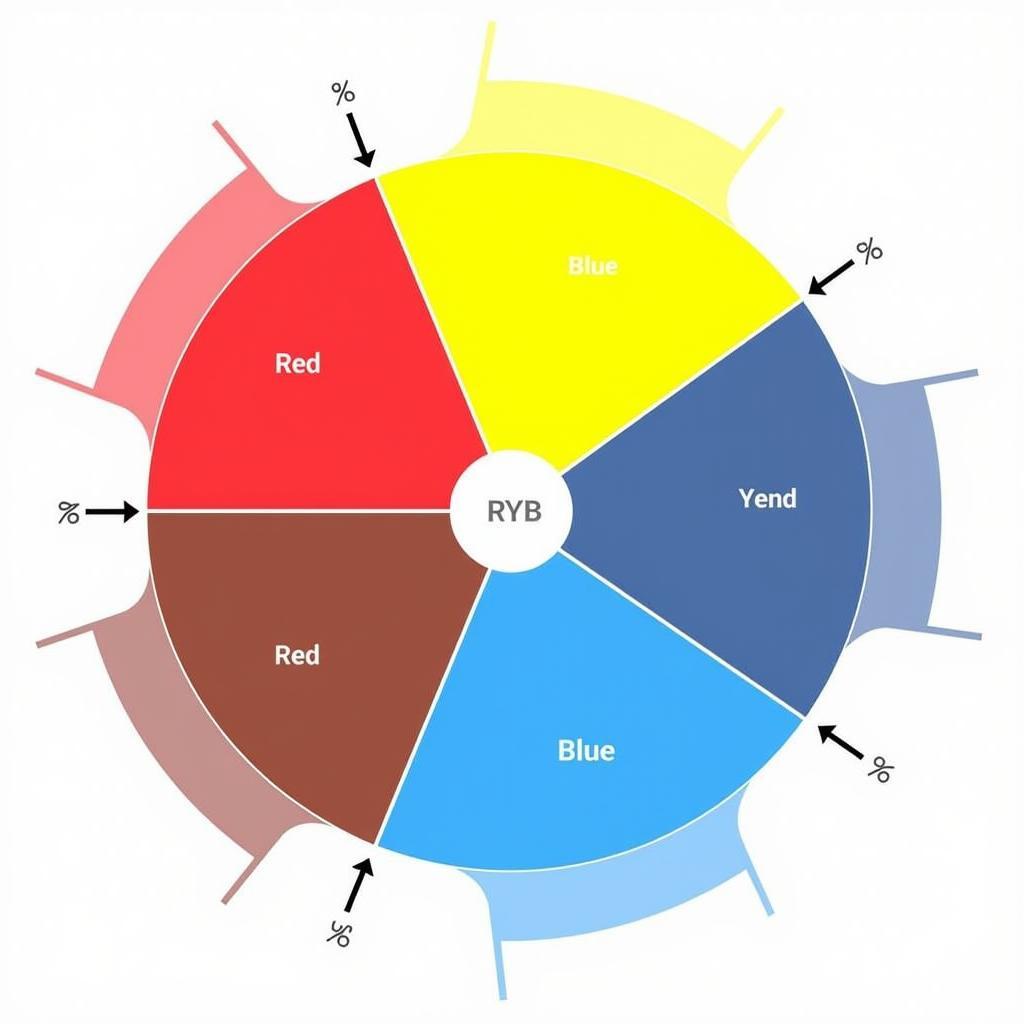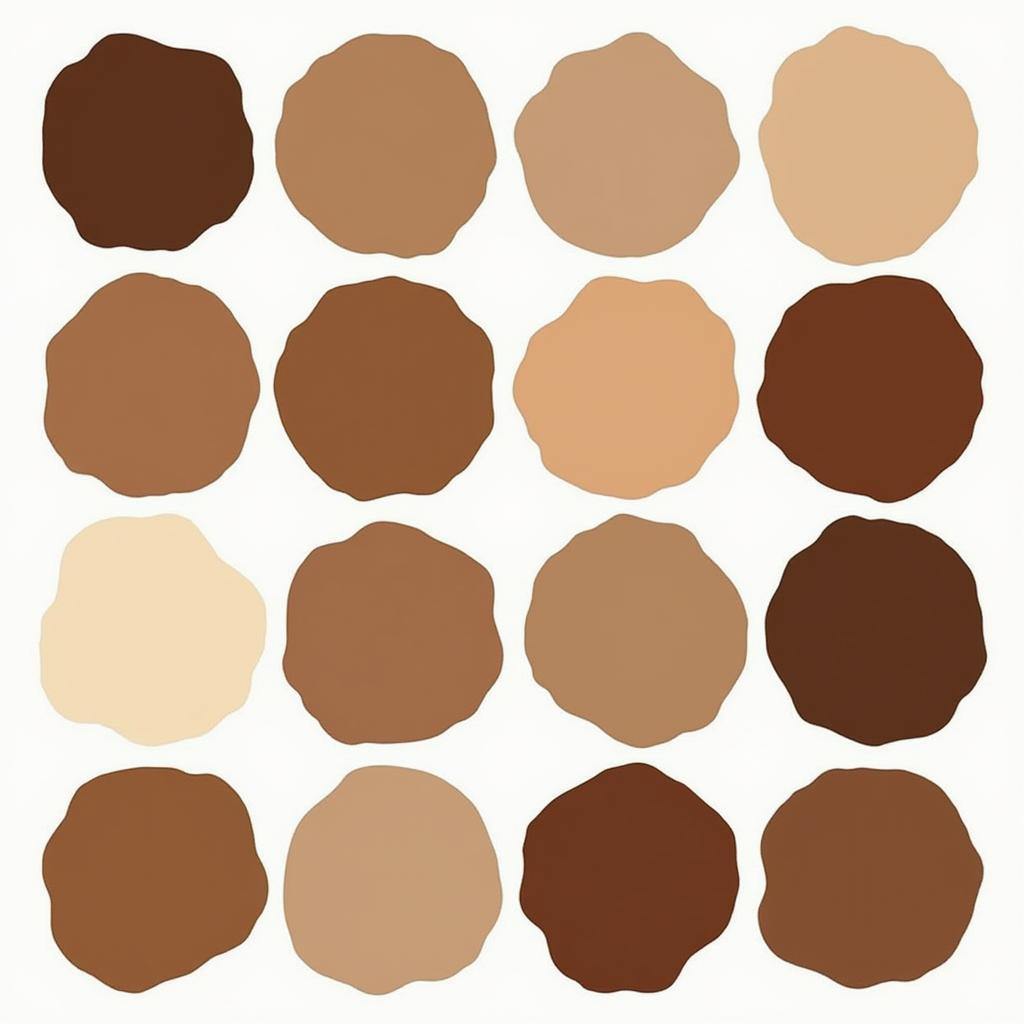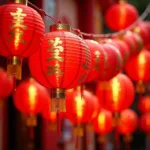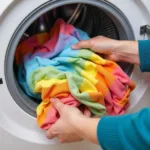For centuries, artists and color enthusiasts have debated the true nature of brown. While it’s a color we encounter daily in nature and design, its origin story within the color spectrum is often shrouded in mystery. So, Is Brown A Primary Color? The short answer is no, but the real explanation delves deeper into the fascinating world of color theory and how we perceive these rich, earthy tones.
Primary Colors: The Foundation of the Rainbow
To understand why brown isn’t considered a primary color, let’s revisit the concept of primary colors. In the most common color model, RYB (Red, Yellow, Blue), primary colors are the building blocks of all other colors. They are considered “pure” because you cannot create them by mixing other colors together.
However, the world of color mixing isn’t limited to just one model. In the subtractive color model, often used in printing and painting, the primary colors are Cyan, Magenta, and Yellow (CMY). These primaries can be combined to create a wide range of hues, including black.
 Primary Colors: Red, Yellow, Blue
Primary Colors: Red, Yellow, Blue
Creating Brown: A Recipe of Color Mixing
The reason brown falls outside the realm of primary colors lies in its creation process. Brown is achieved by mixing multiple colors together, often utilizing all three primary colors in varying ratios.
Here are a few examples of how to create brown:
- Red, Yellow, and Blue: Combining these primary colors in roughly equal amounts results in a rich, chocolate brown.
- Complementary Colors: Mixing complementary color pairs like blue and orange or red and green can also produce different shades of brown.
- Darkening with Black: Adding black to orange, yellow, or even purple can create deep, earthy browns.
The Nuances of Brown: More Than Just One Shade
The world of brown extends far beyond a single, uniform hue. In reality, brown encompasses a diverse family of colors, each with its own unique character and undertones.
- Warm Browns: These browns lean towards red or orange, evoking a sense of warmth and comfort. Think of the shades of terracotta, burnt sienna, or mahogany.
- Cool Browns: These browns have a bluish or greenish tint, creating a more subdued and sophisticated feel. Examples include taupe, coffee, and chocolate cosmos.
Brown in Nature and Design: A Versatile and Grounding Hue
While not a primary color, brown plays a vital role in both the natural world and the realm of design. In nature, we see brown in the earth, tree bark, and animal fur. It’s a color that represents stability, grounding, and a connection to the natural world.
In design, brown is a versatile color that can create a wide range of moods and atmospheres. It can be cozy and inviting in a living room, sophisticated and elegant in a study, or warm and rustic in a kitchen.
 Various Shades of Brown
Various Shades of Brown
Conclusion: Celebrating the Complexity of Brown
While the answer to “Is brown a primary color?” remains a resounding no, understanding the origins and nuances of this earthy hue reveals a world of fascinating color relationships. Brown’s ability to be both warm and cool, natural and sophisticated, makes it a truly captivating and versatile color that enriches our visual experience.
FAQ
1. What two colors make brown?
While you can mix various color combinations to create brown, a simple way is to combine blue and orange, which are complementary colors.
2. Is brown a natural color?
Yes, brown is widely found in nature – soil, wood, rocks, and many animal furs showcase this earthy hue.
3. What does the color brown symbolize?
Brown often represents stability, security, nature, and reliability. It can also evoke feelings of warmth, comfort, and grounding.
4. Can I create brown using only primary colors?
Yes, mixing red, yellow, and blue in specific proportions will produce different shades of brown.
5. What are some popular shades of brown?
Some well-loved brown shades include chocolate brown, taupe, coffee, beige, tan, and mahogany.
For further exploration into the captivating world of colors, check out these articles:
- What colors make a dark blue?
- What color is goldenrod?
- How to make red violet color
- What color does purple and yellow make
- How to create white color
Need help choosing the perfect brown for your next project? Contact our Color Box Hanoi experts today!
Call: 0373298888
Email: [email protected]
Visit: 86 Cầu Giấy, Hà Nội. We’re here to help 24/7!

